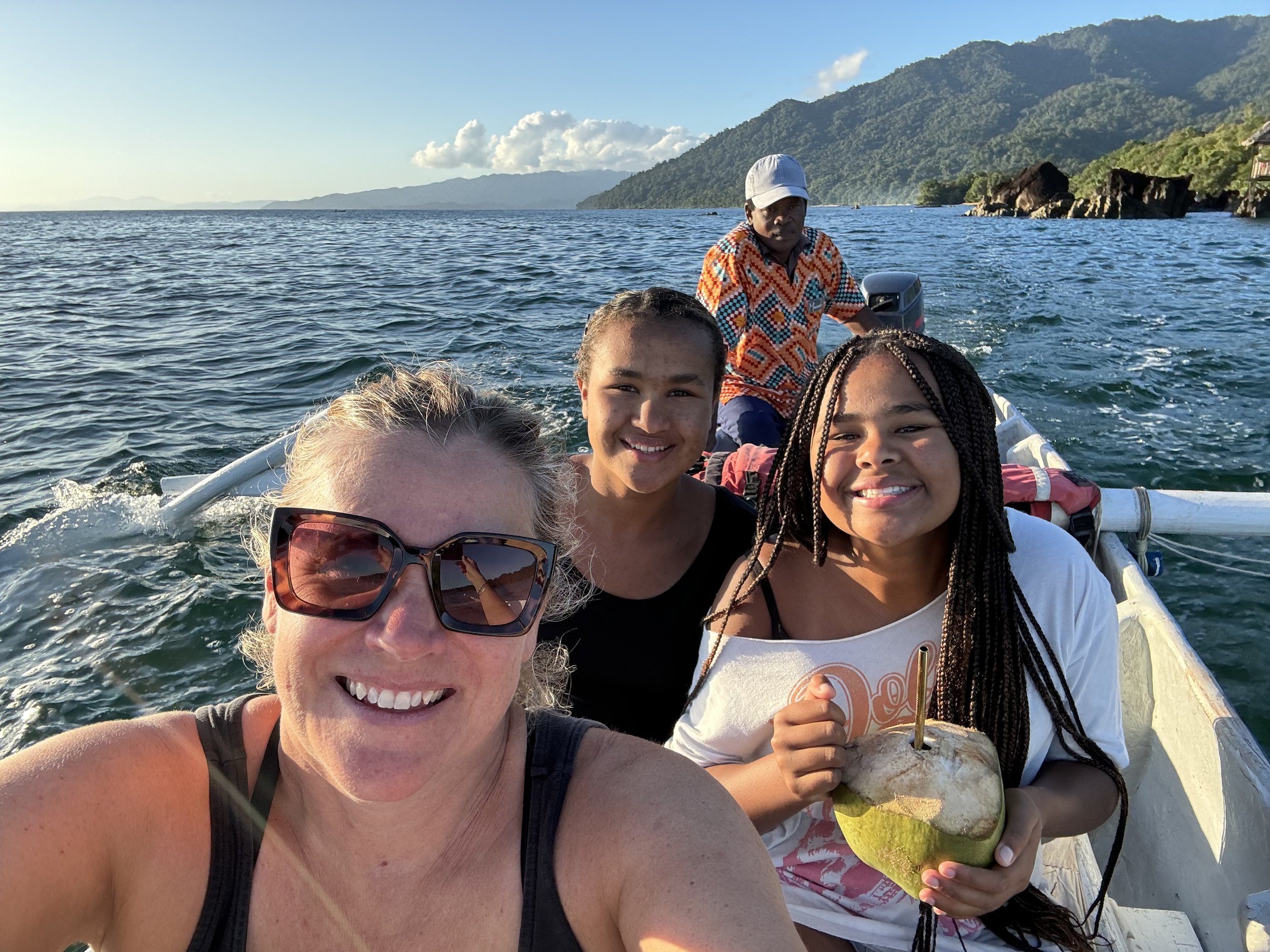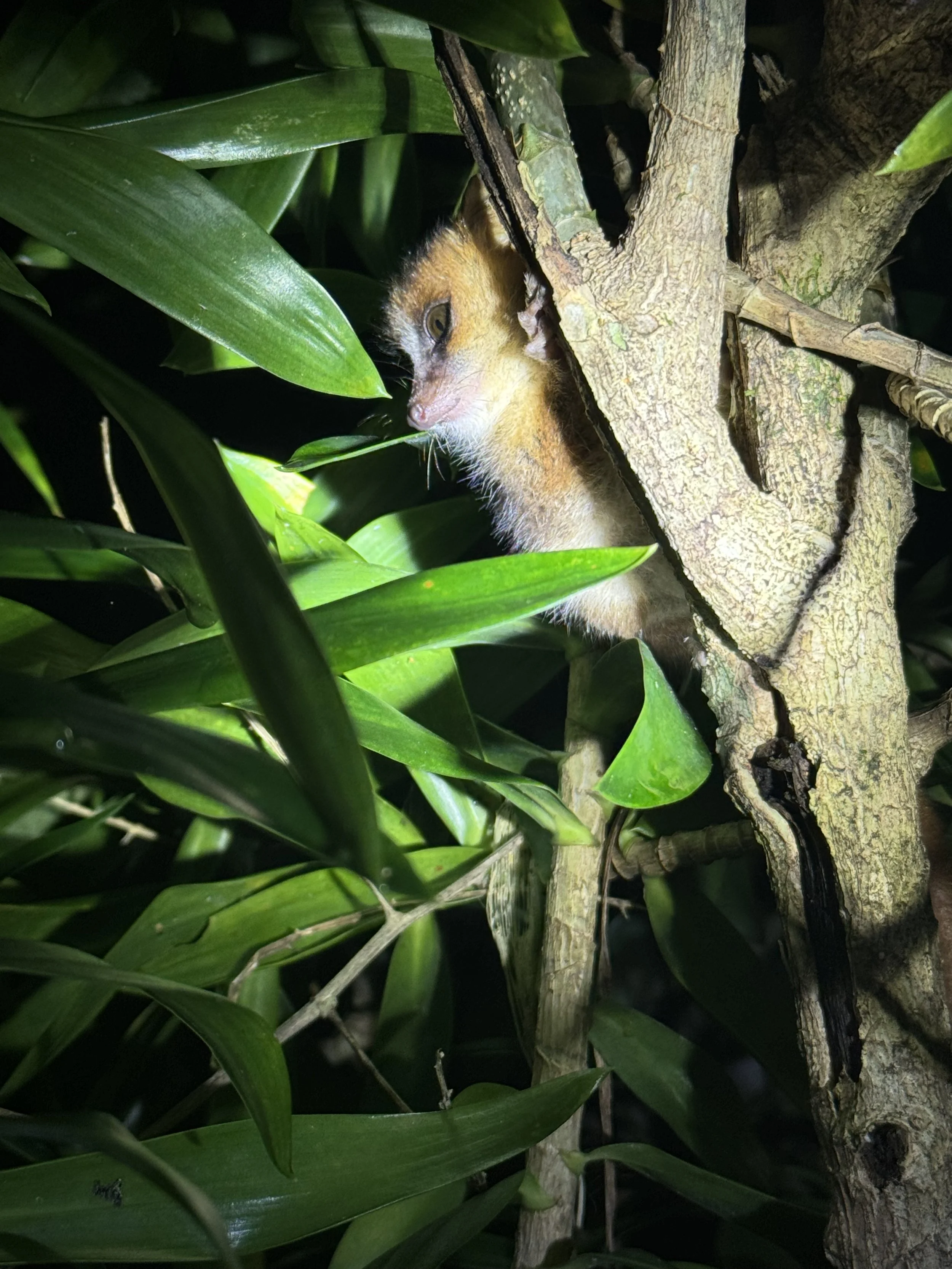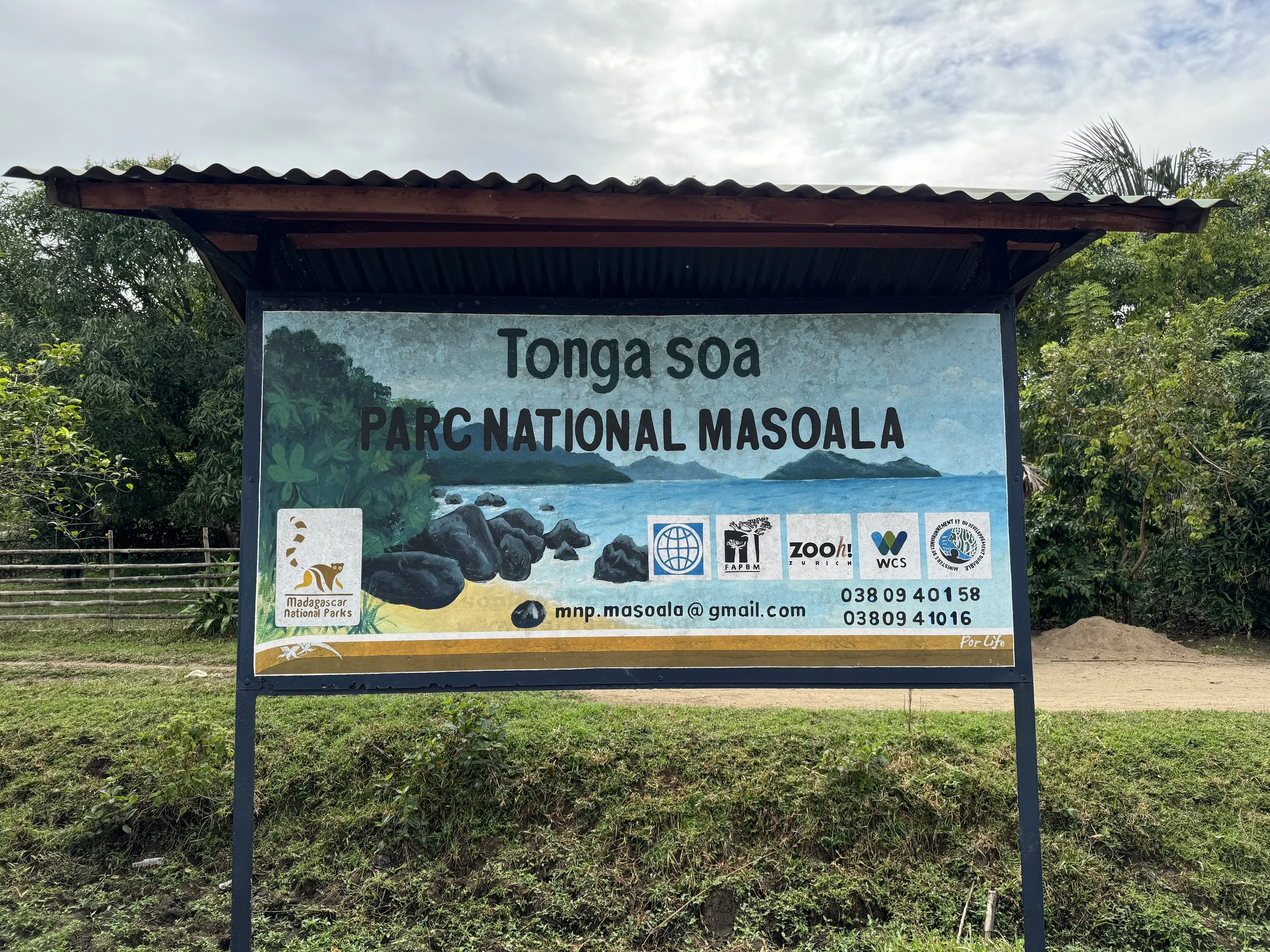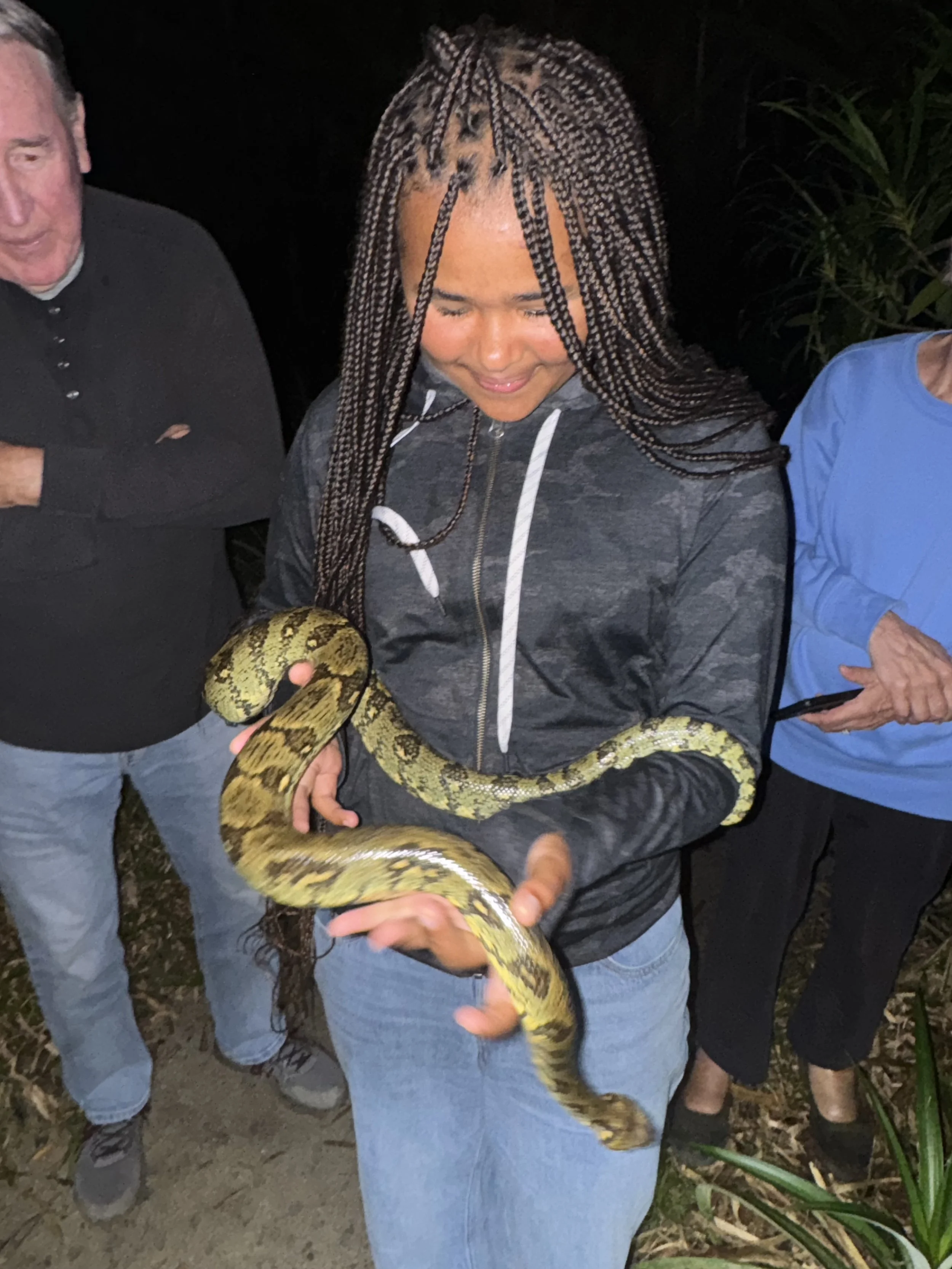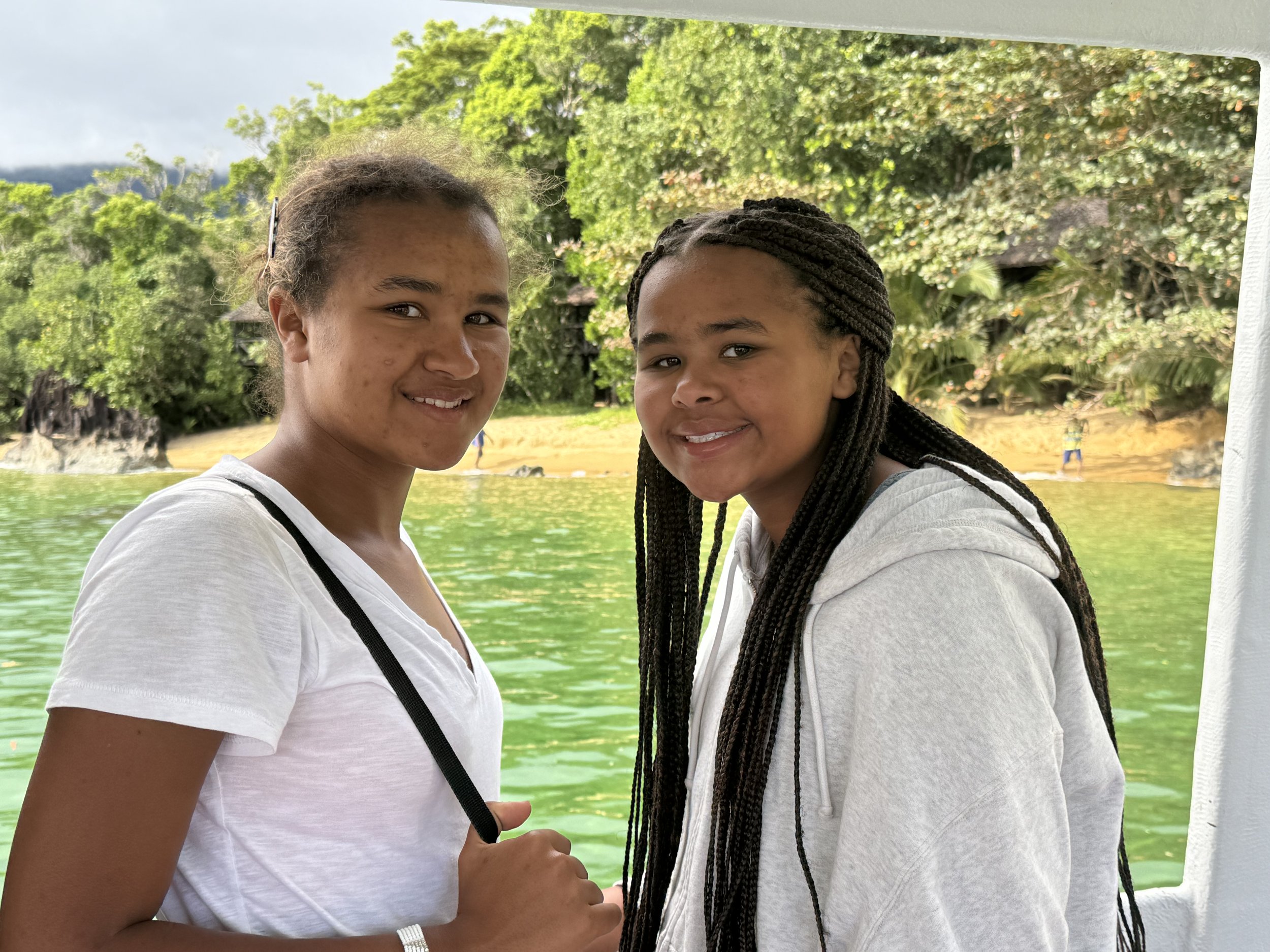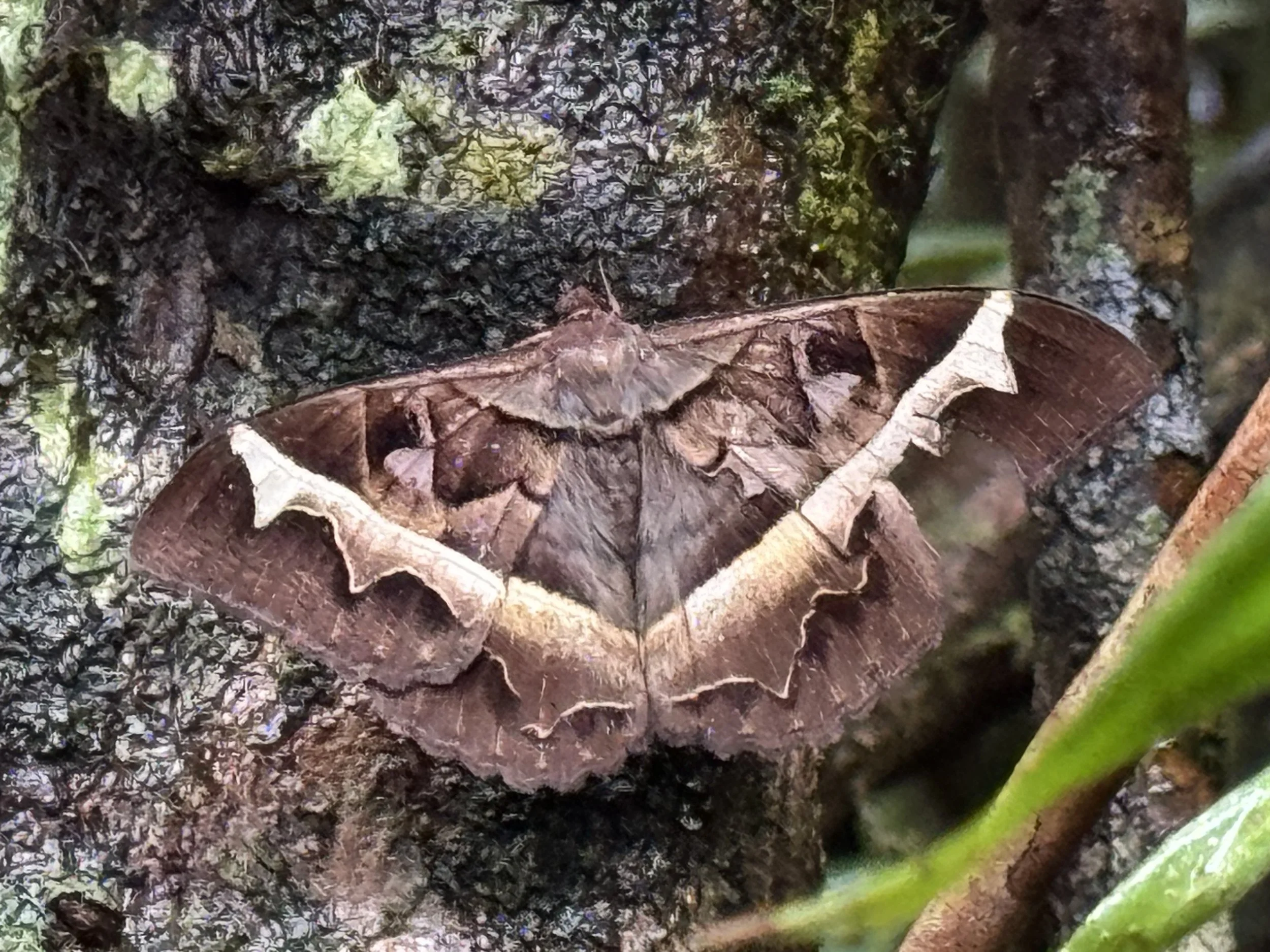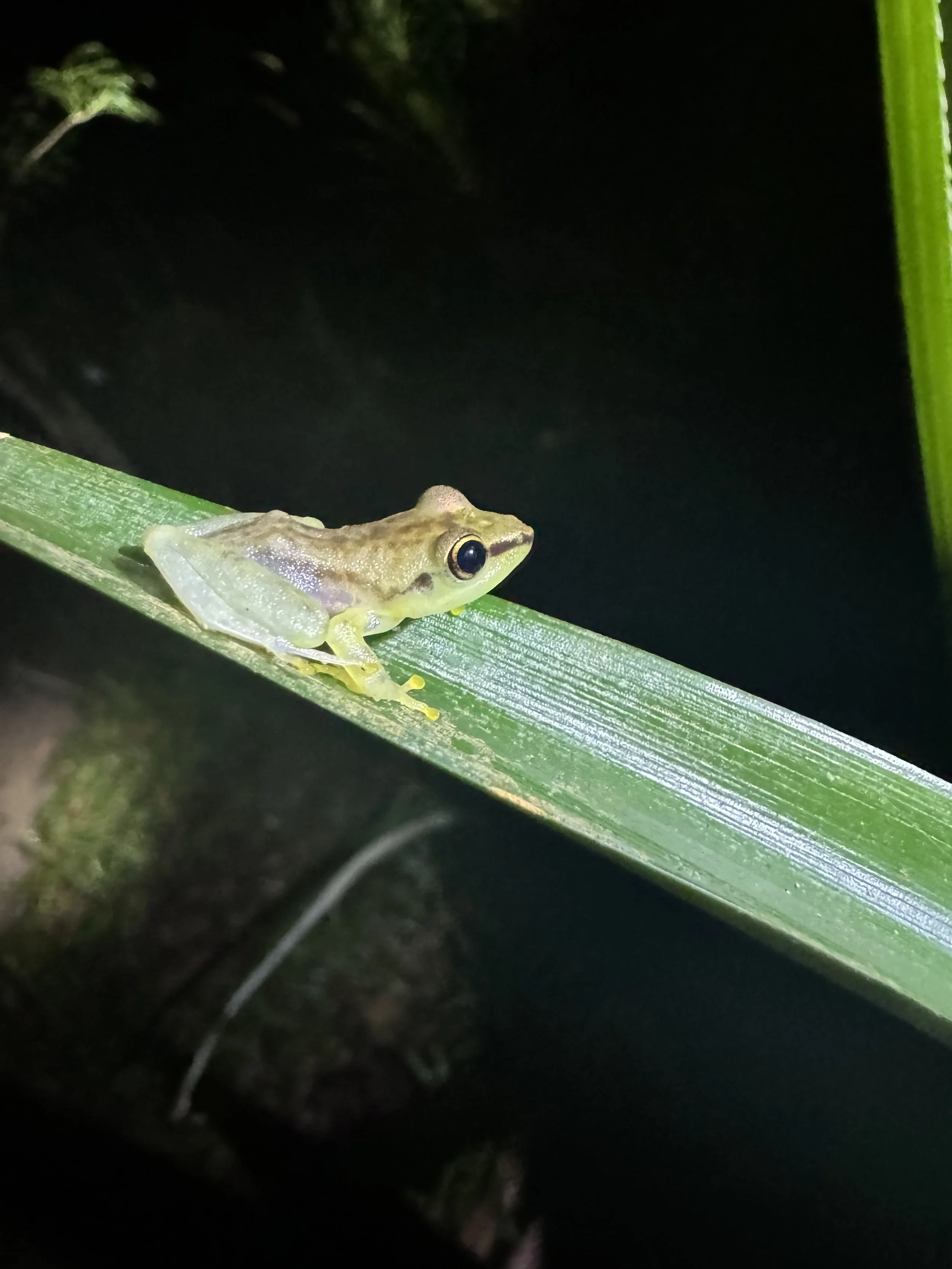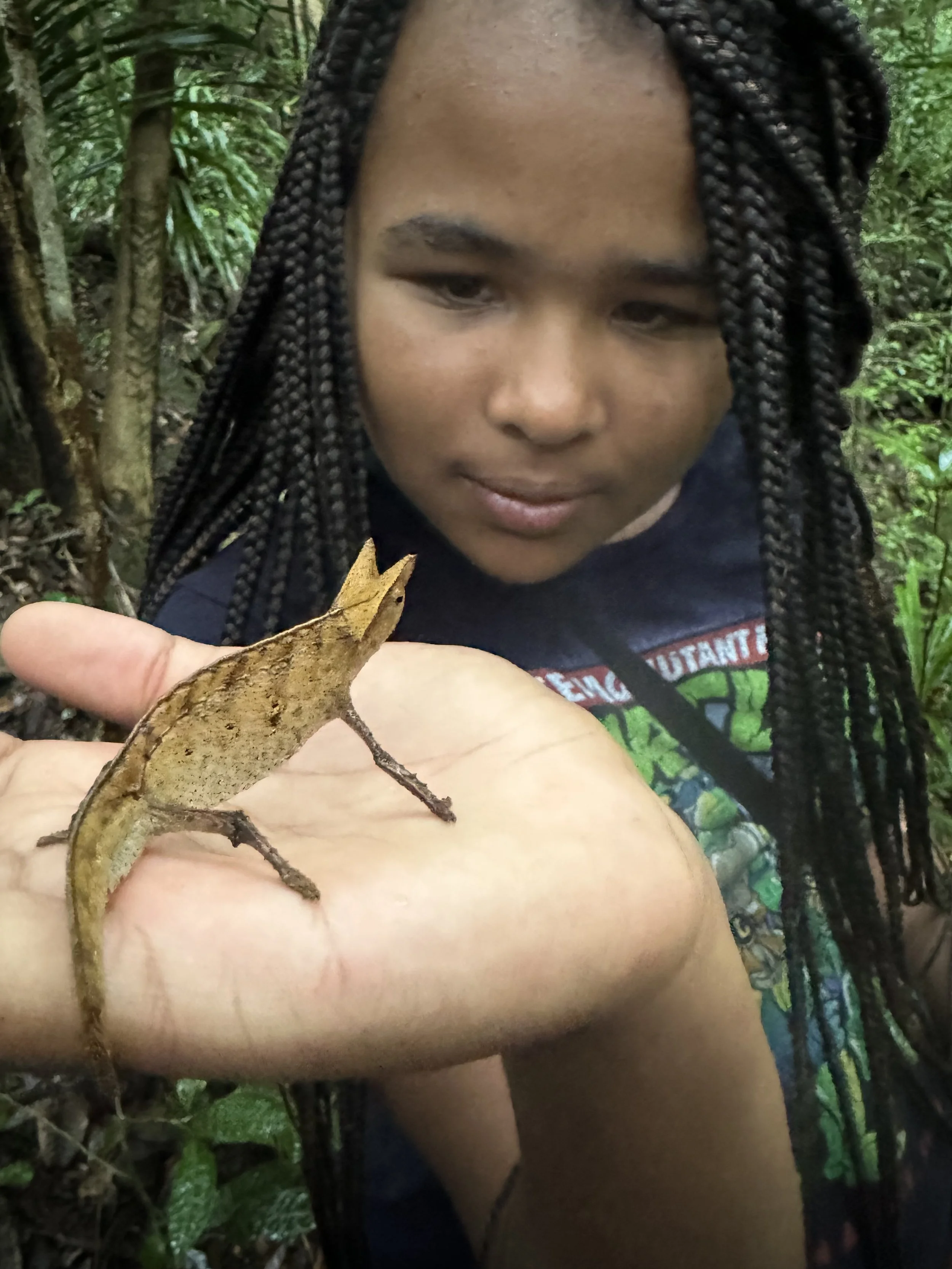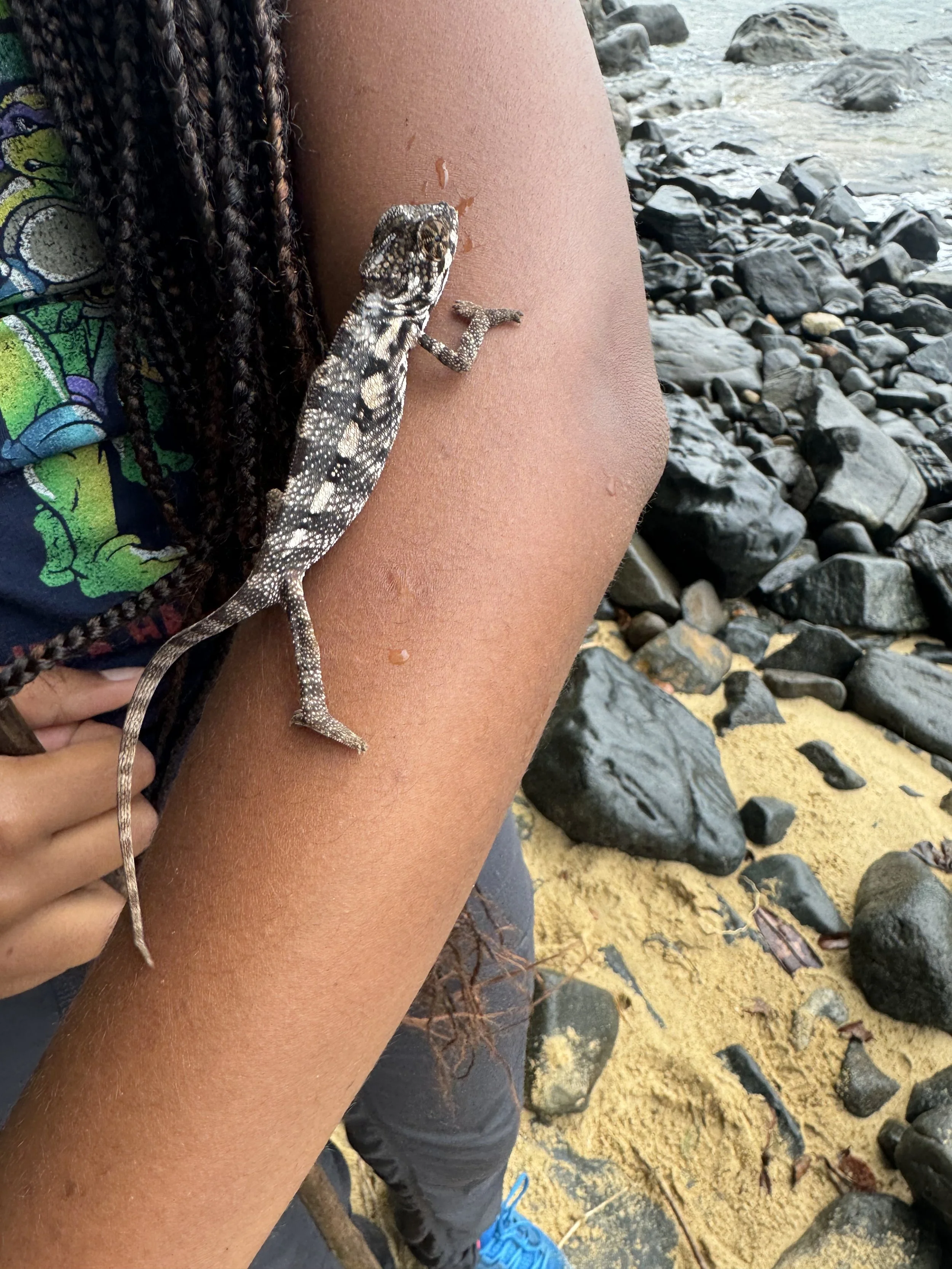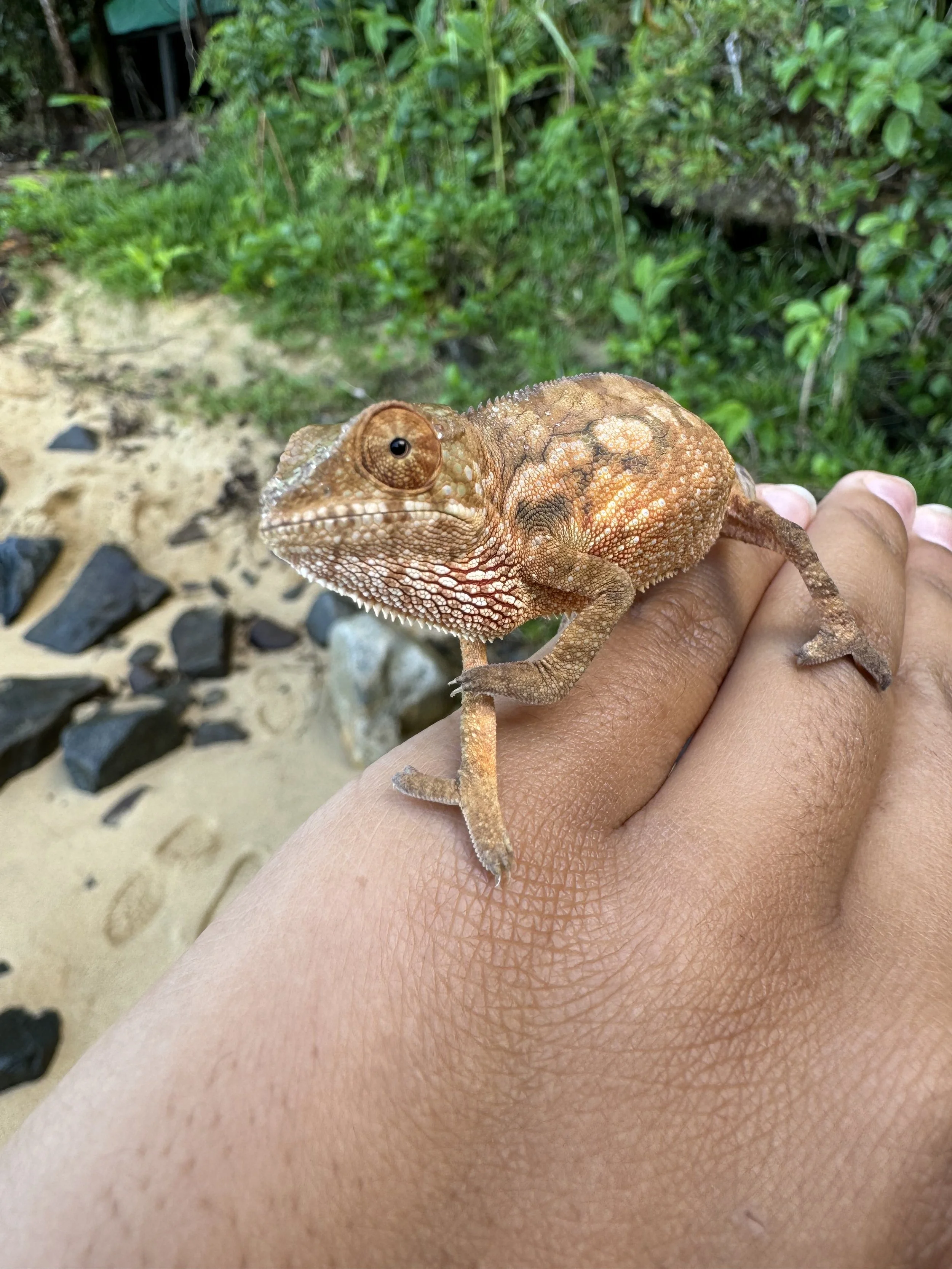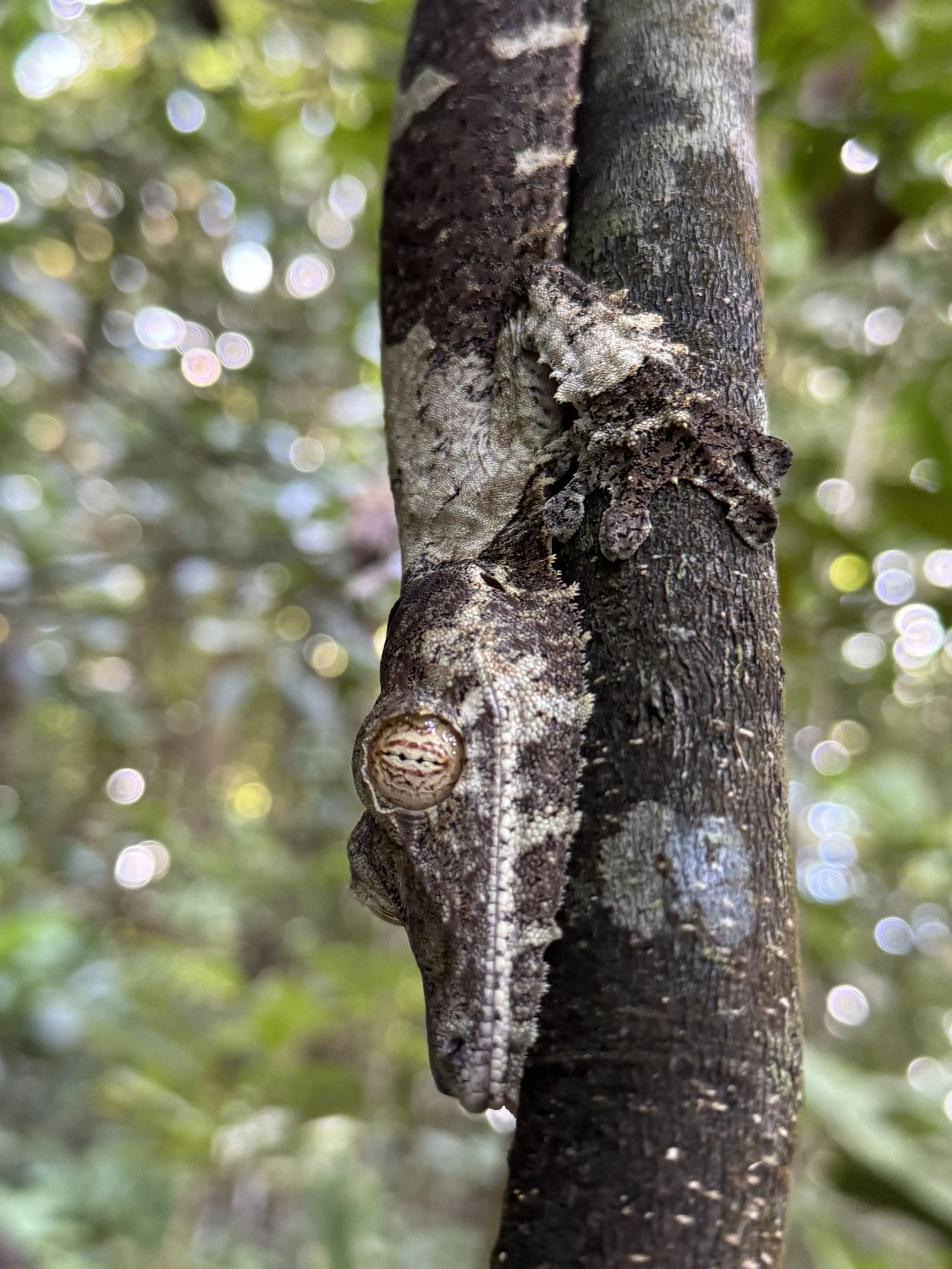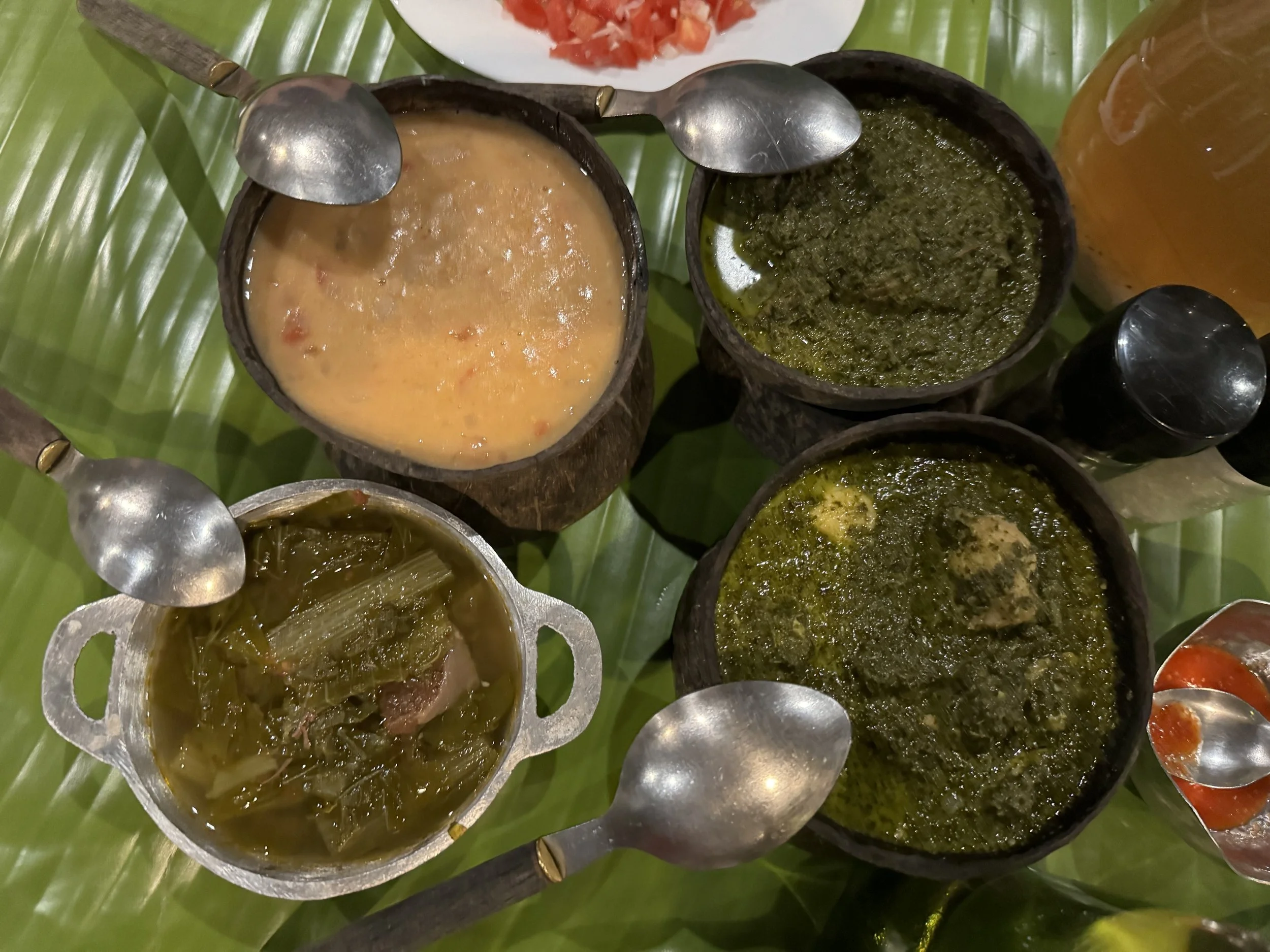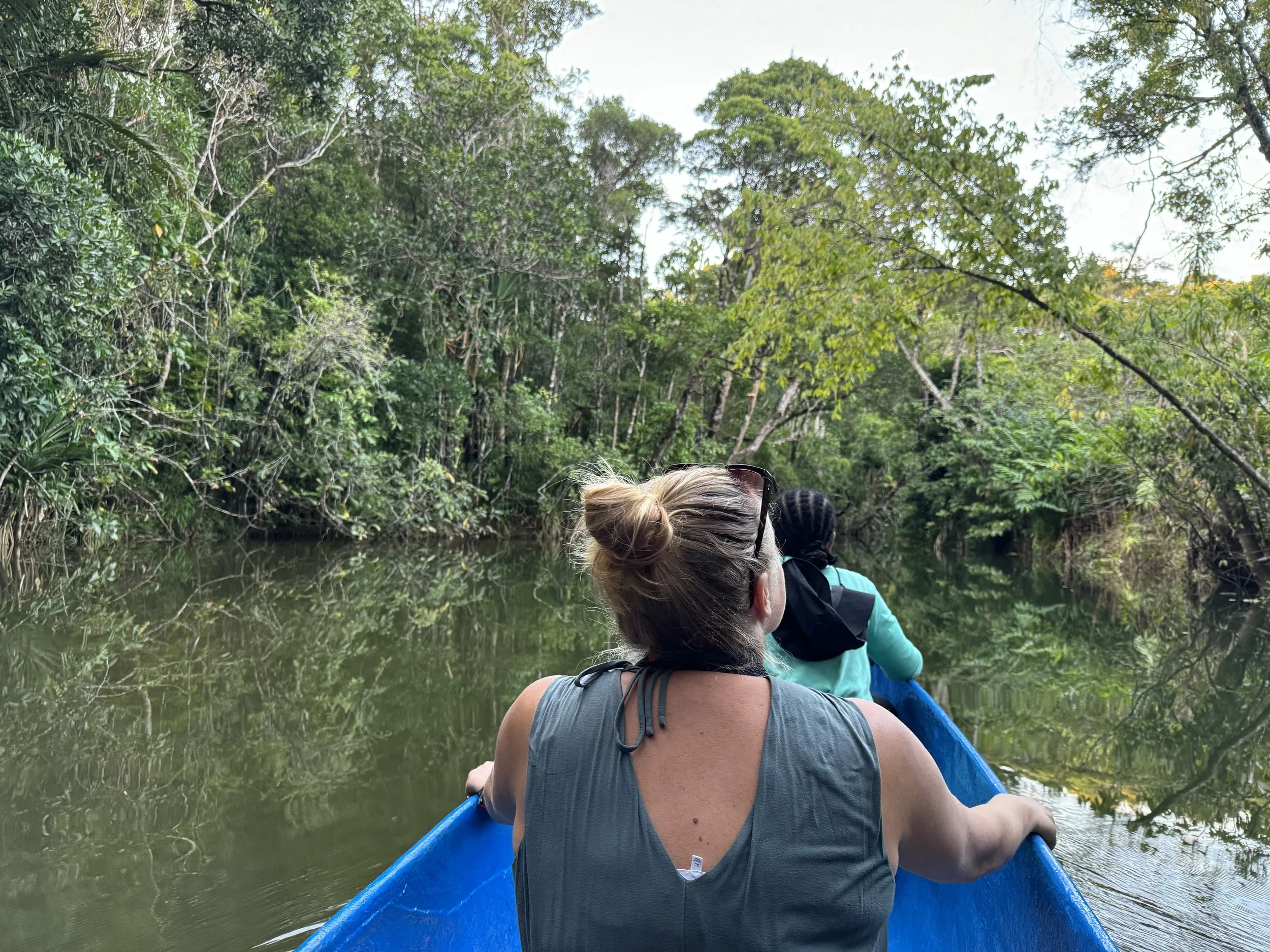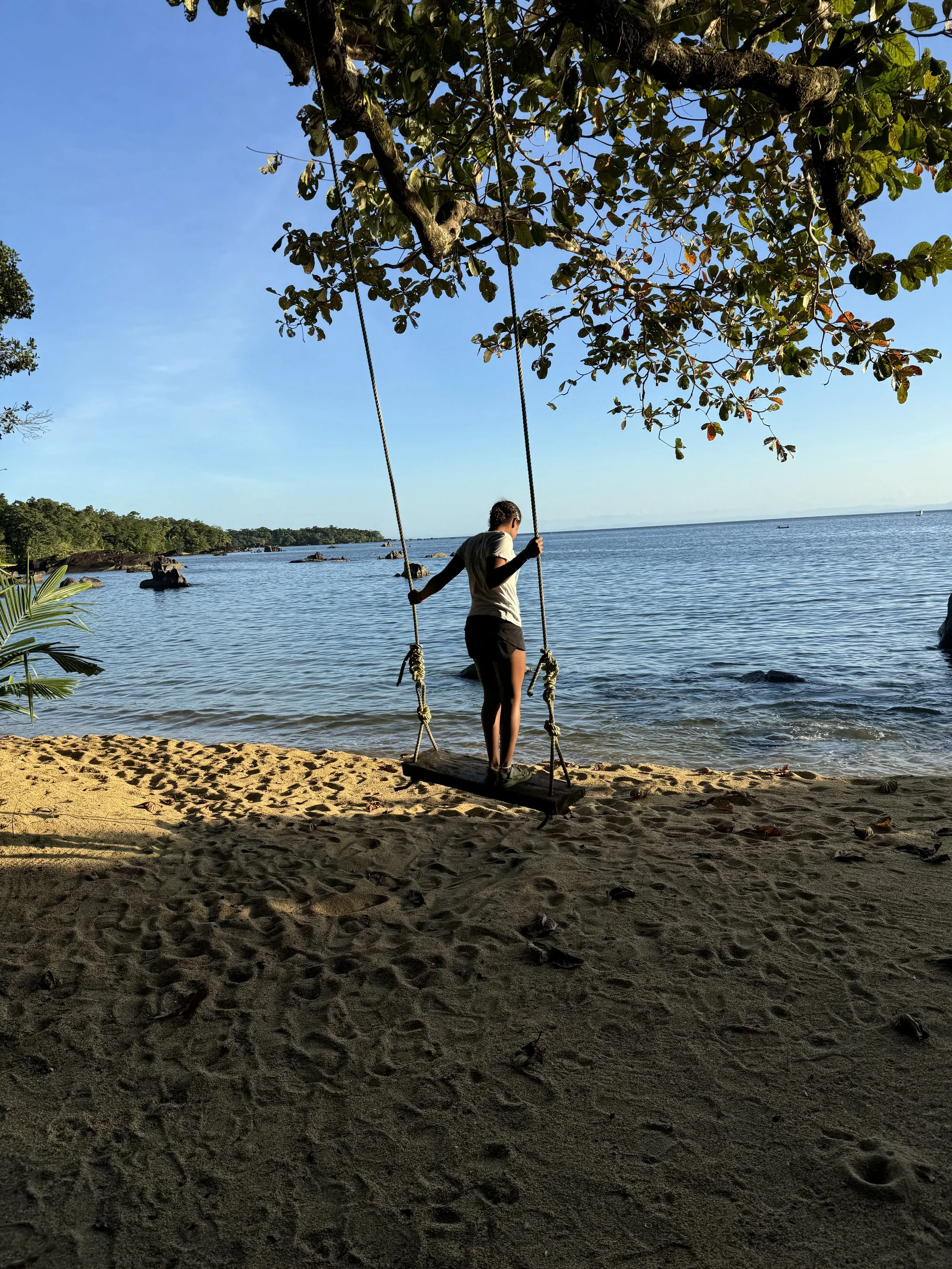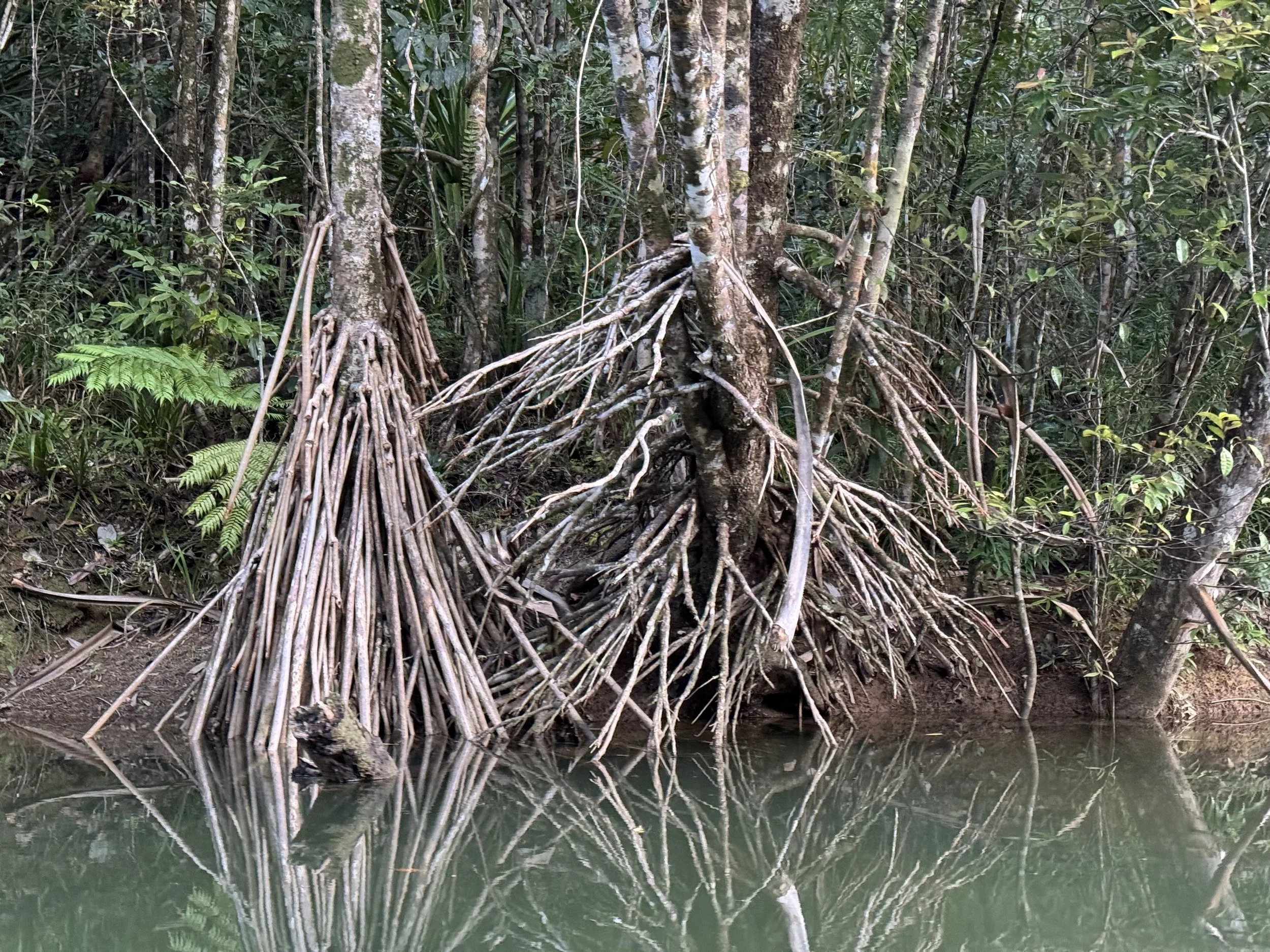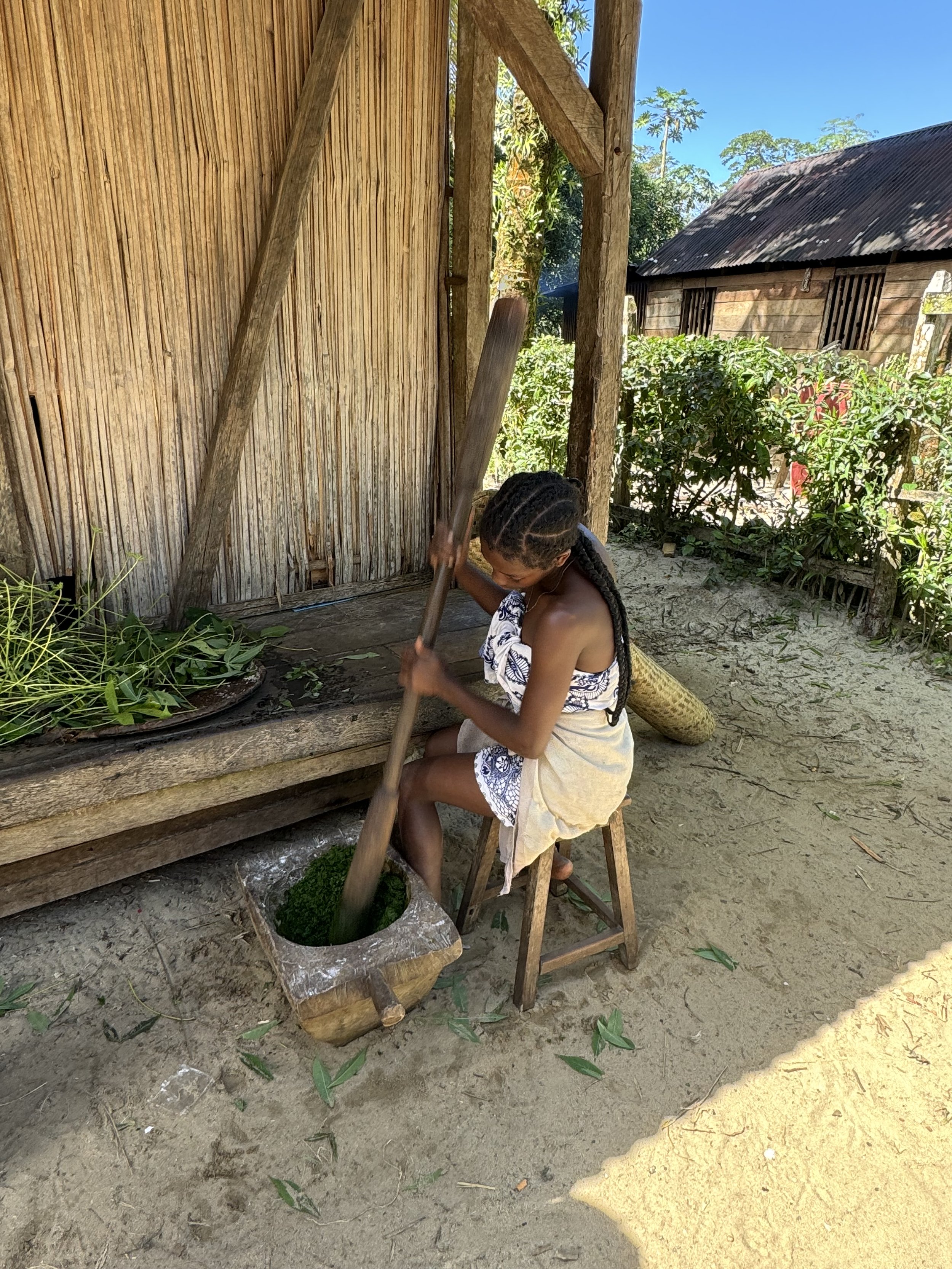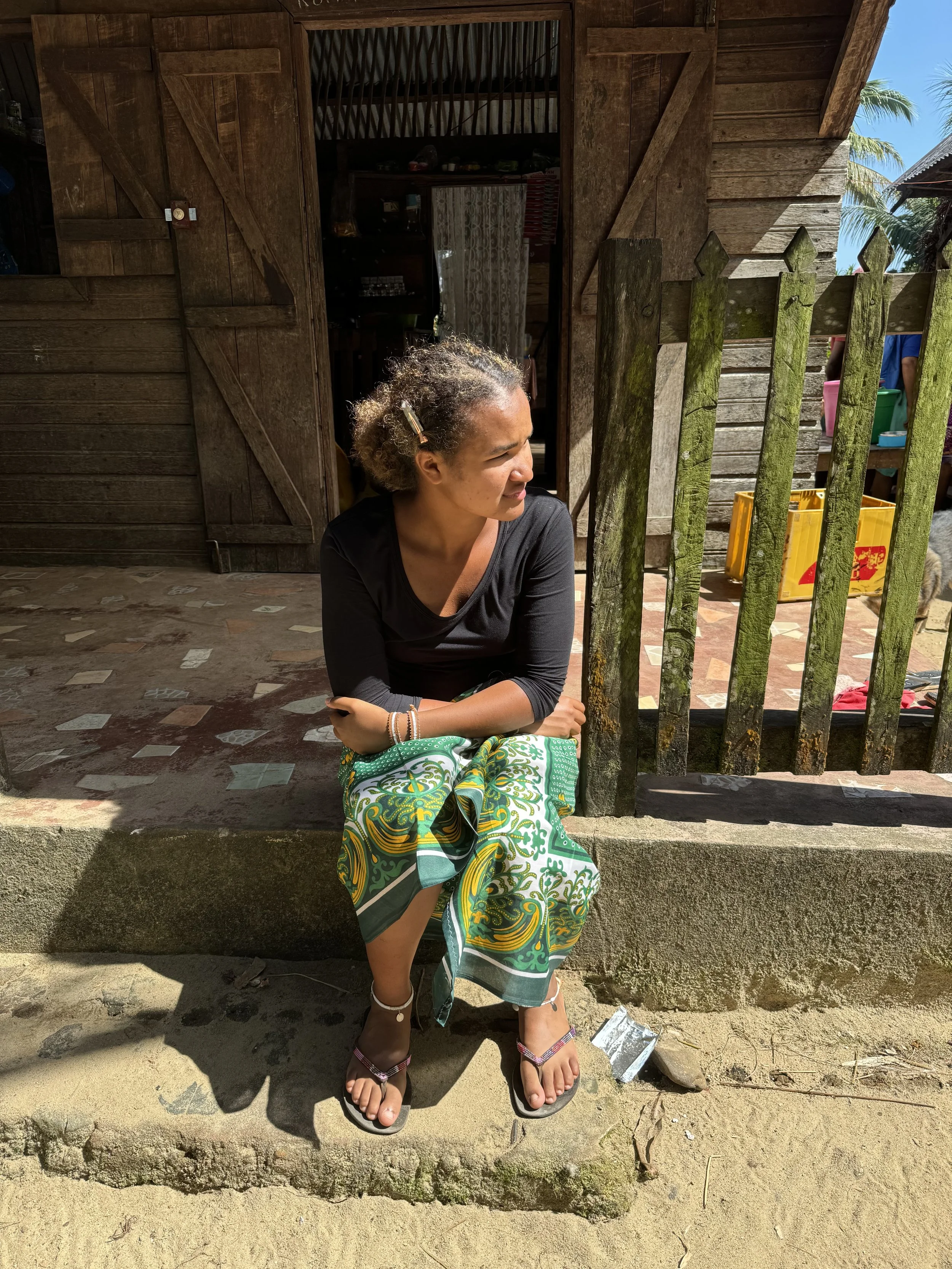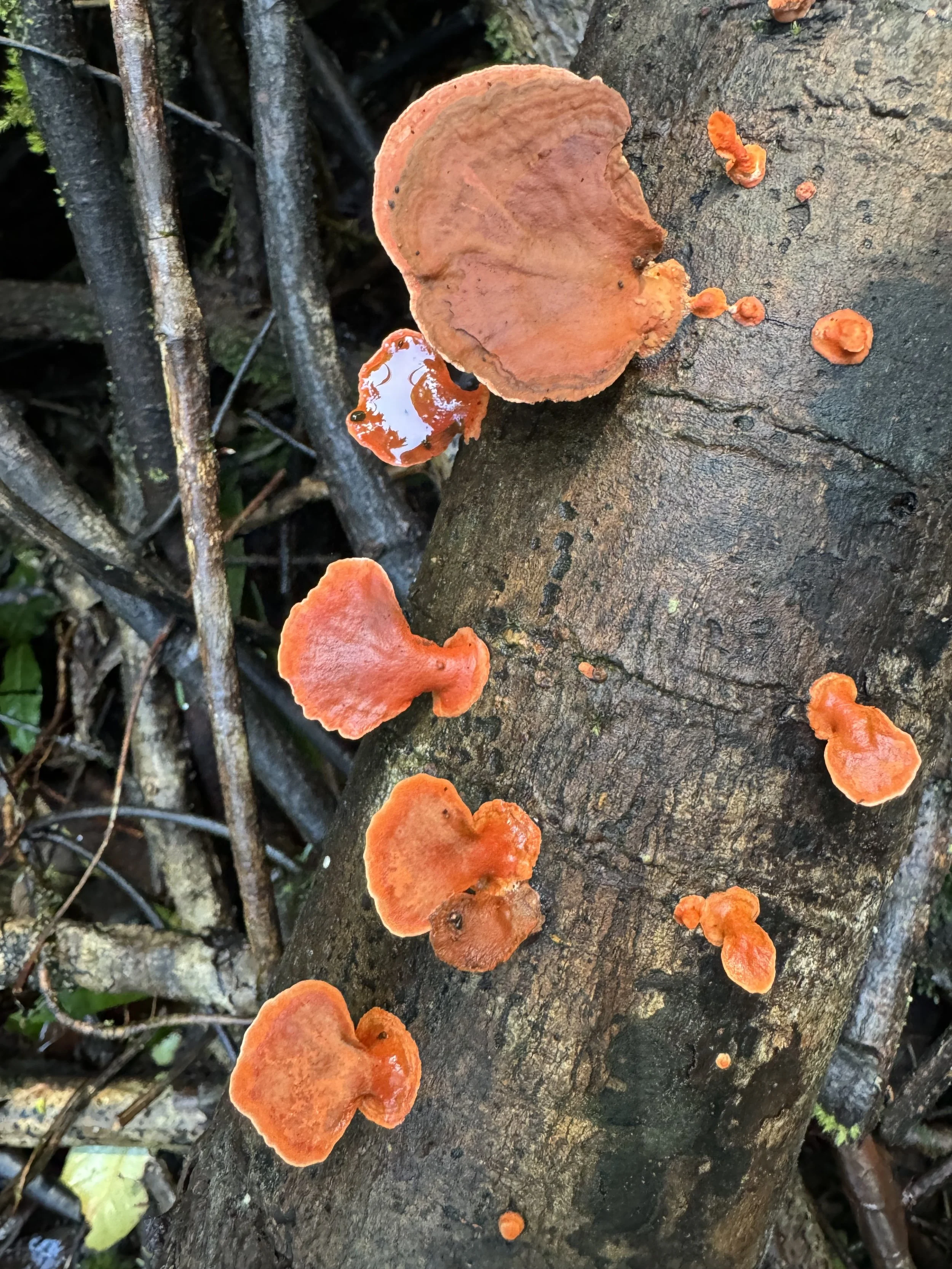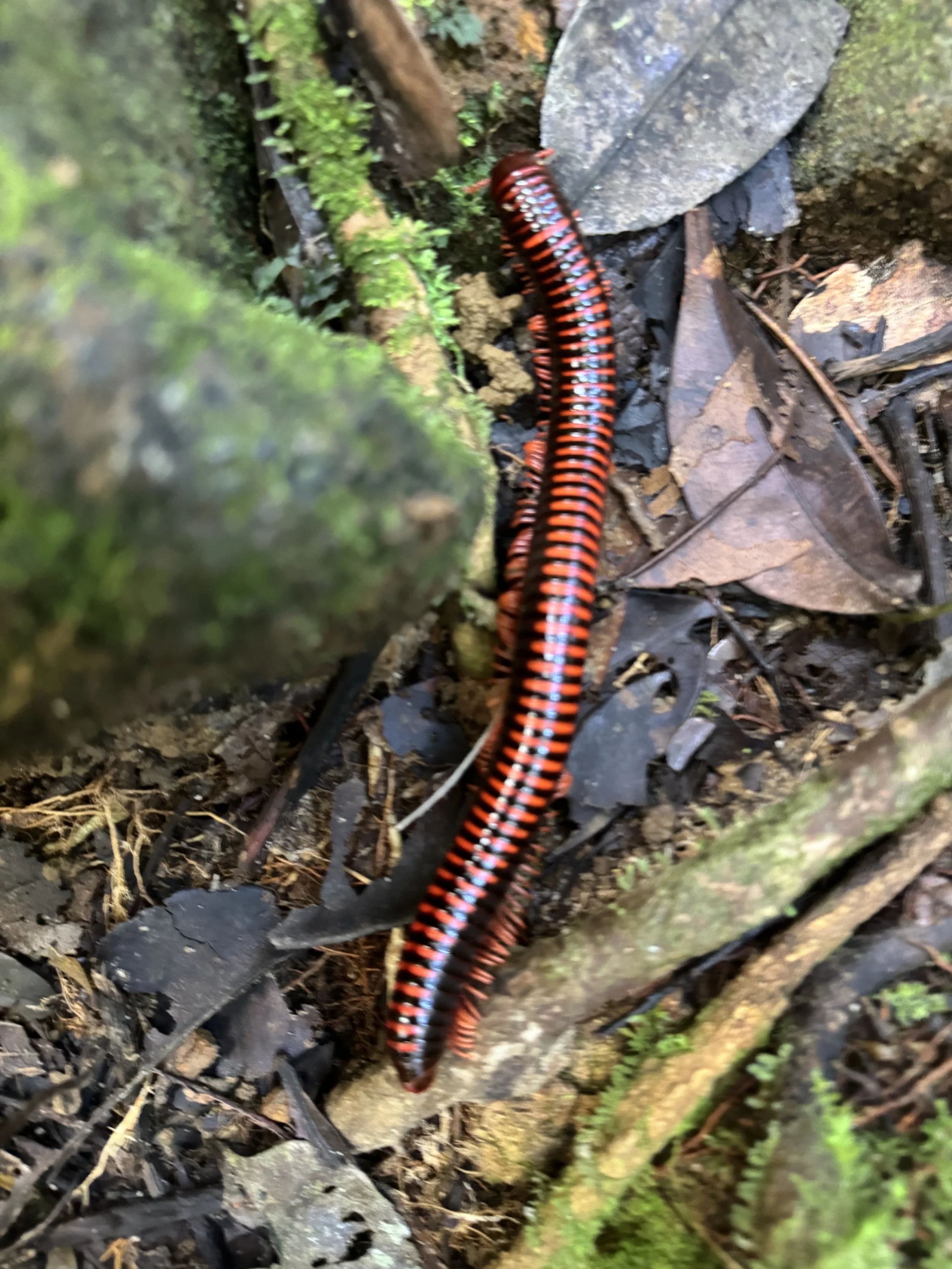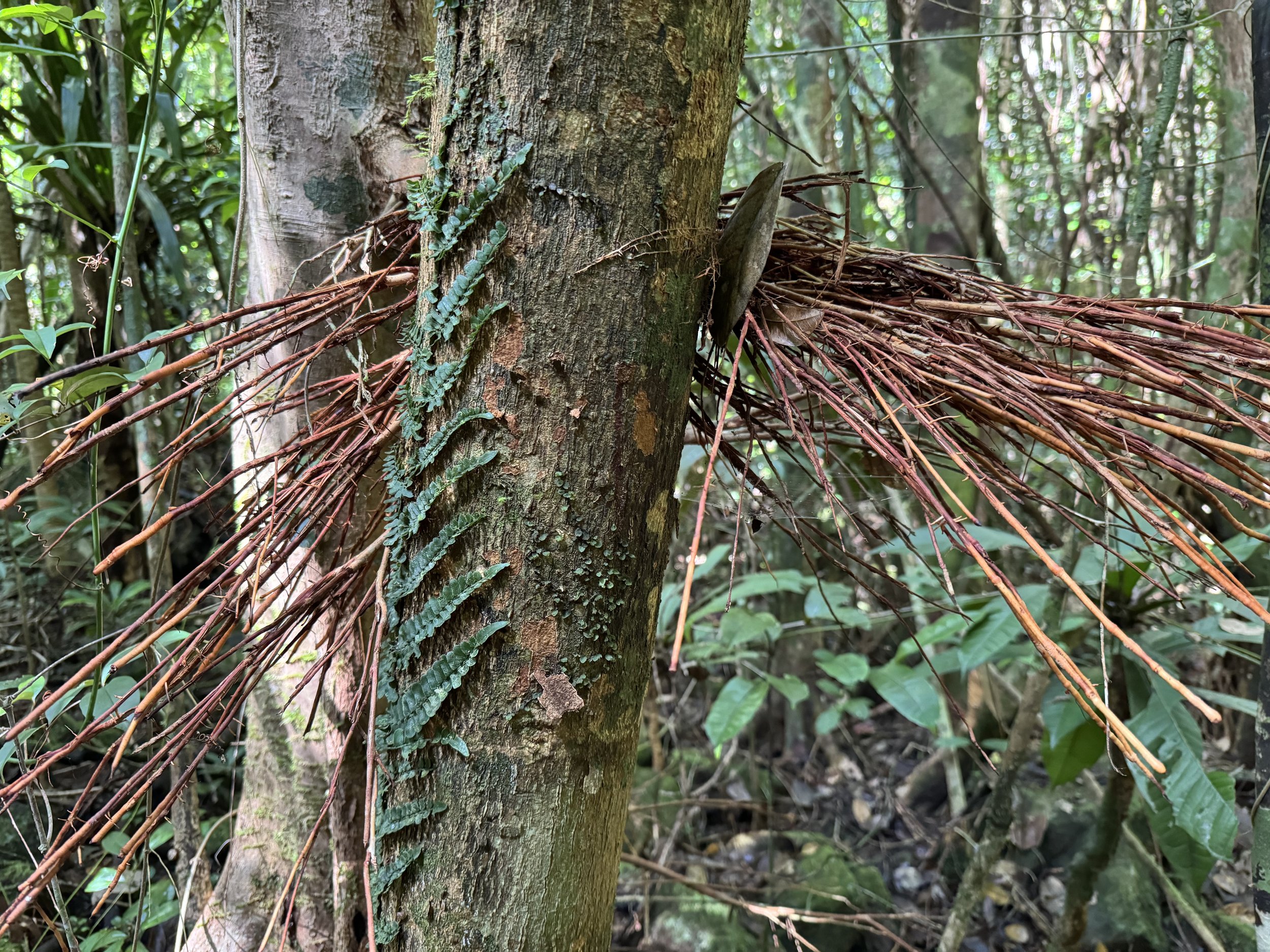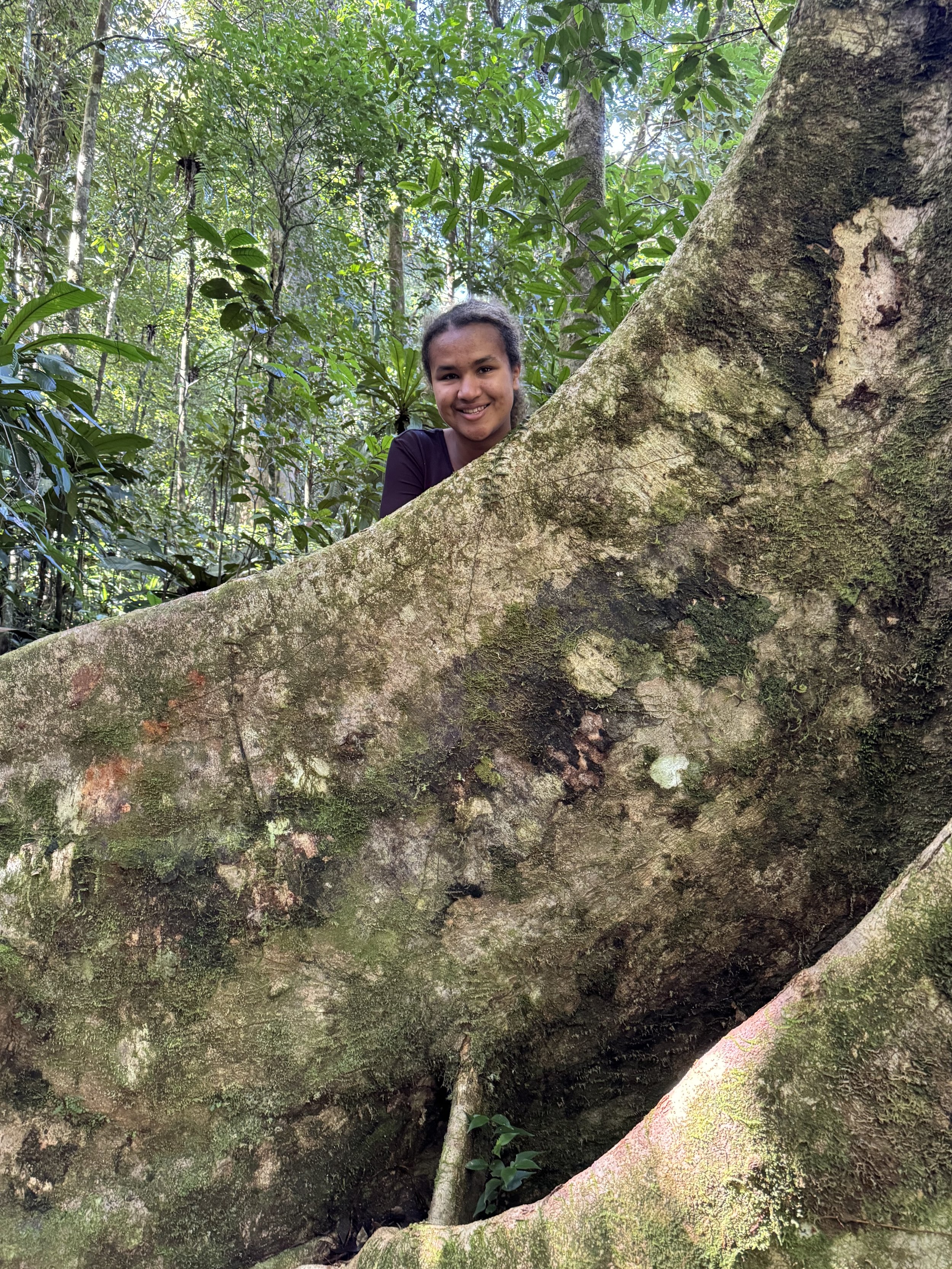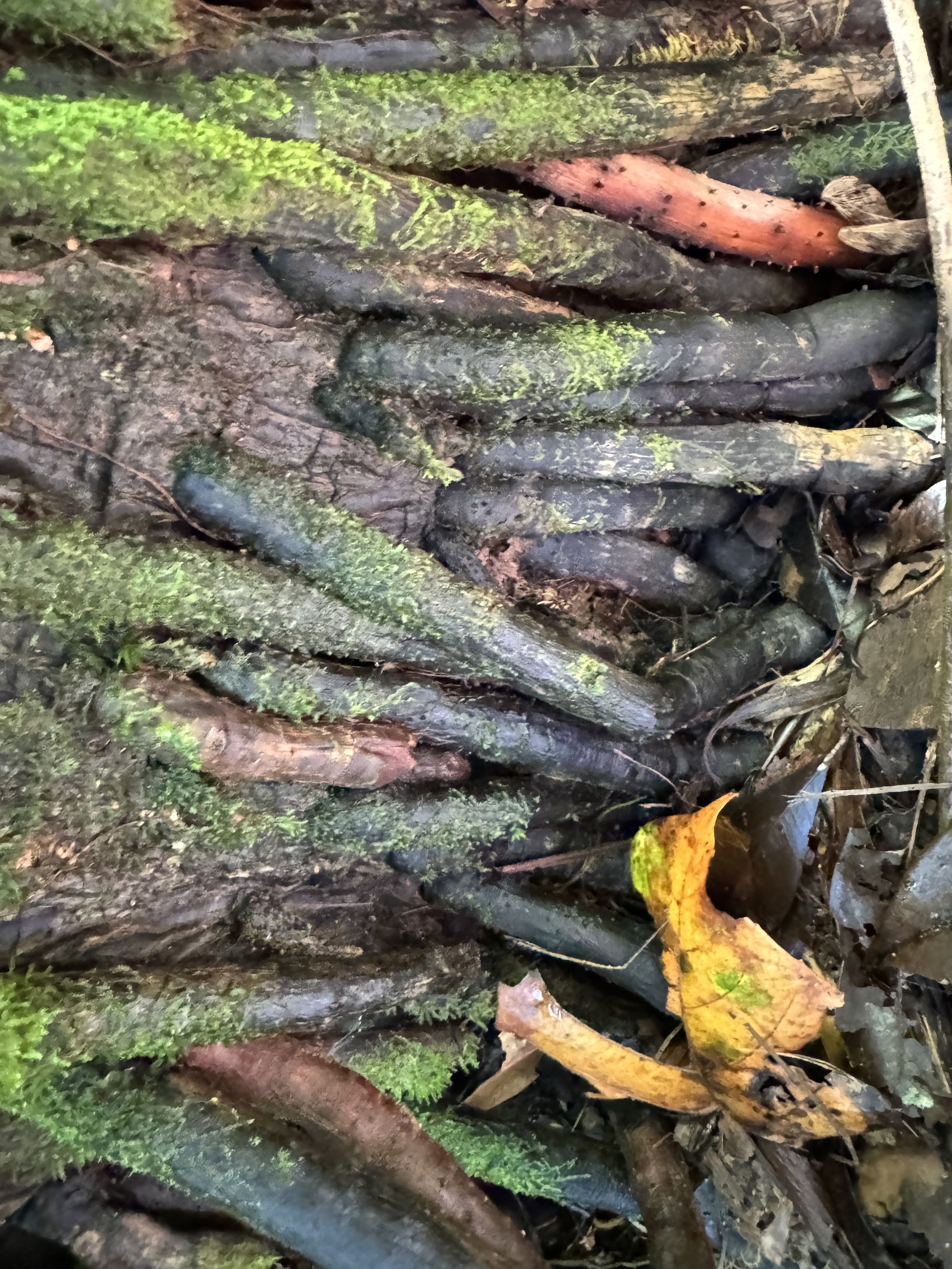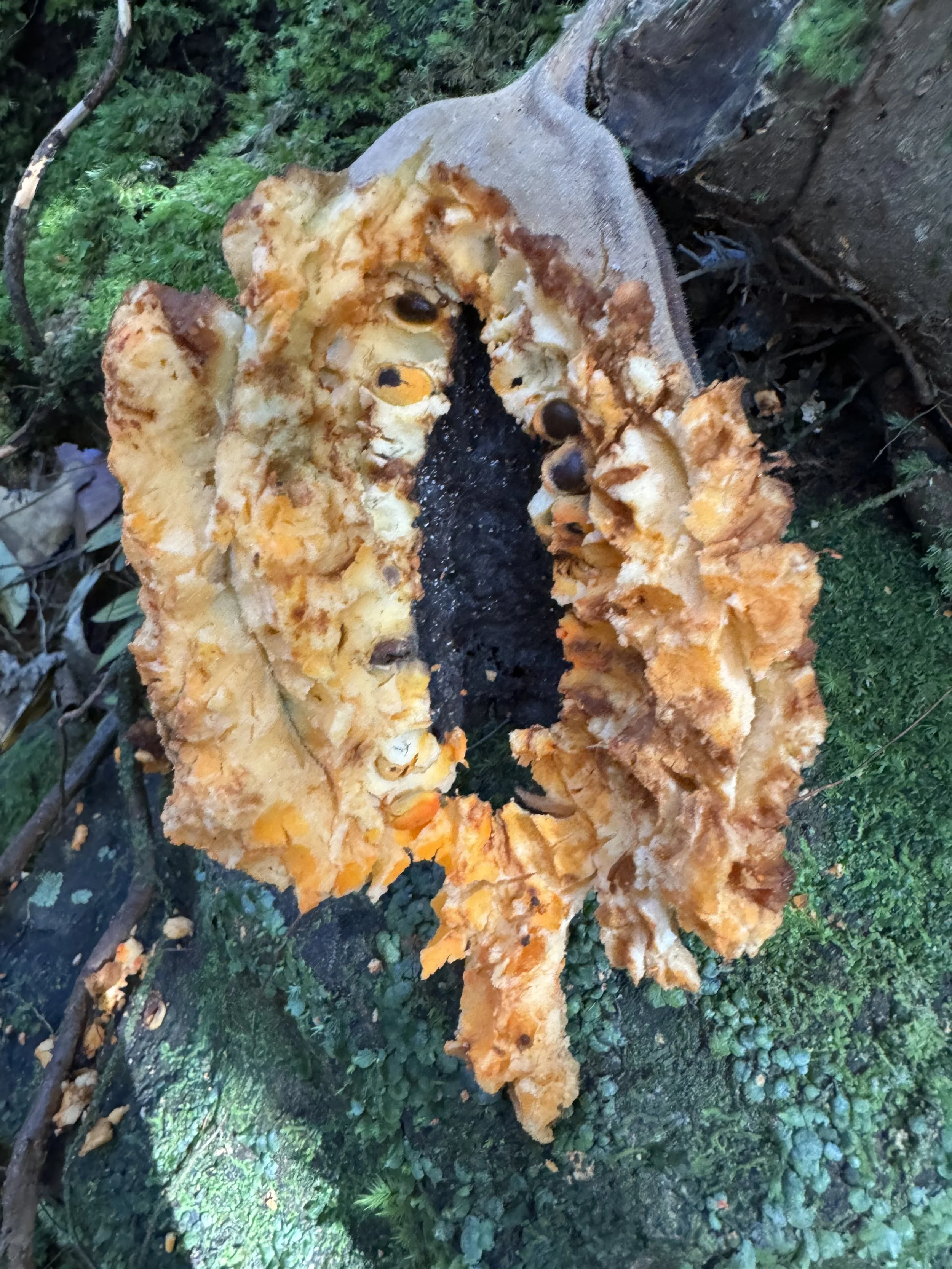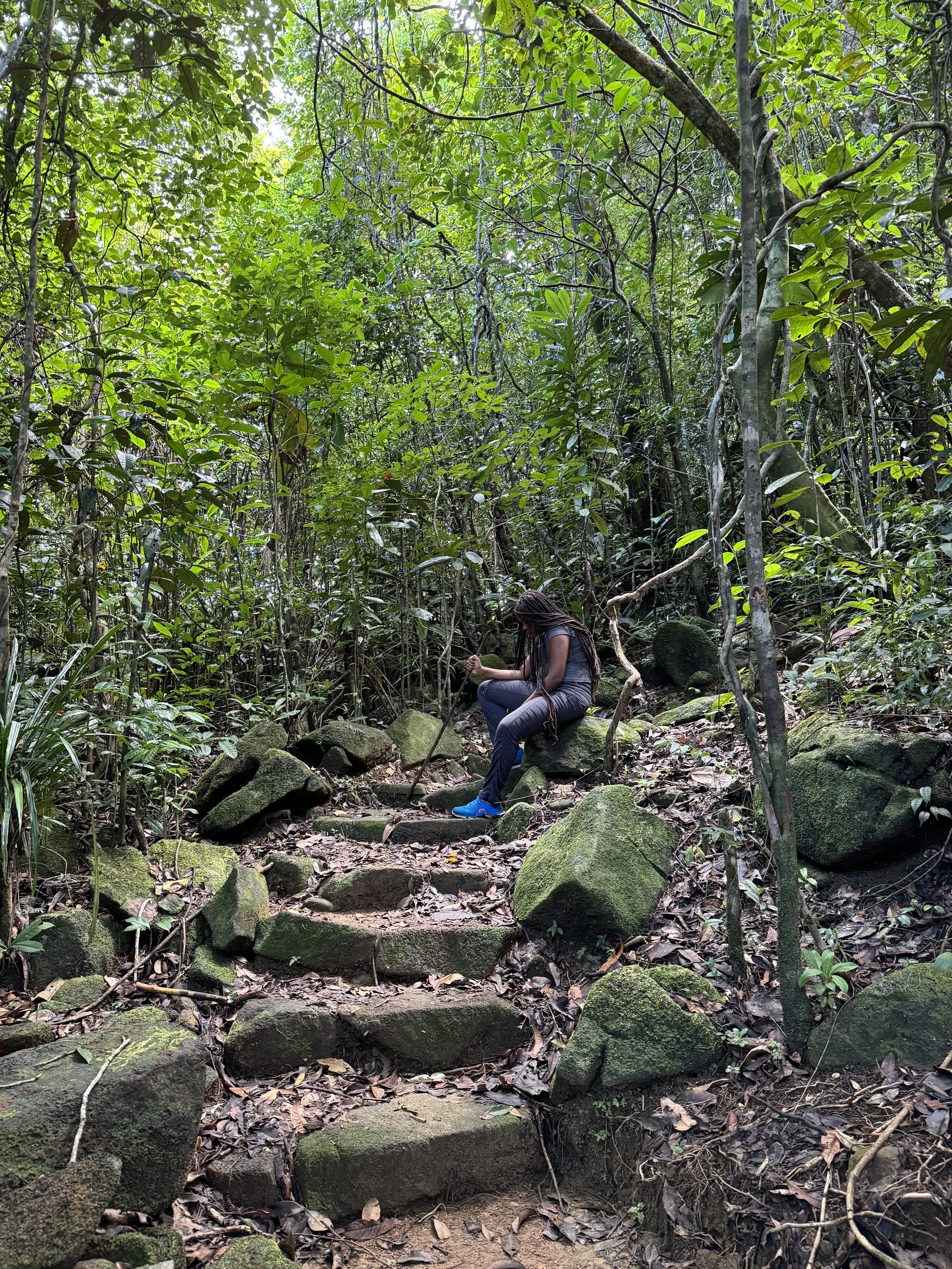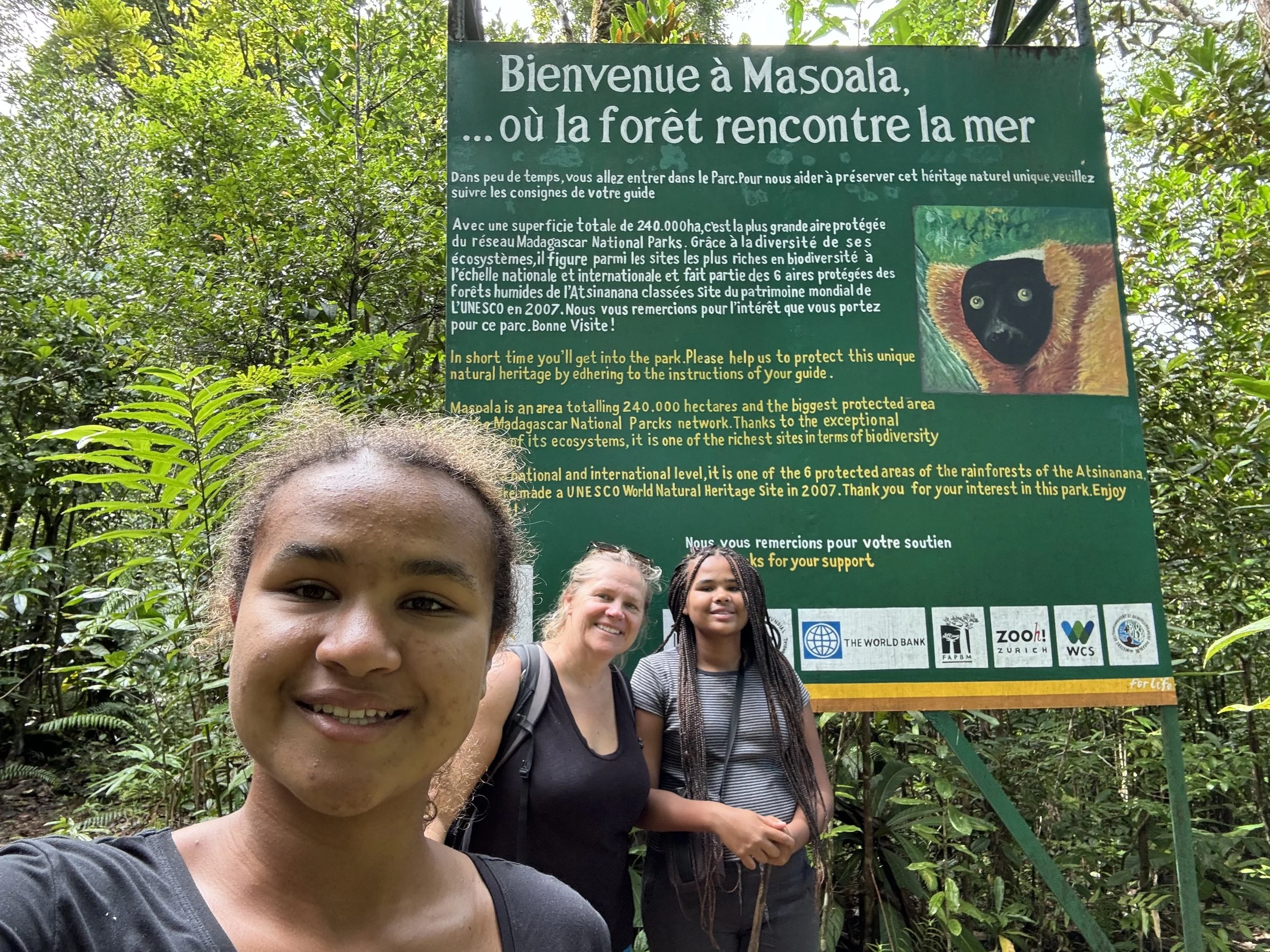Review: Masoala Forest Lodge: Masoala, Madagascar




























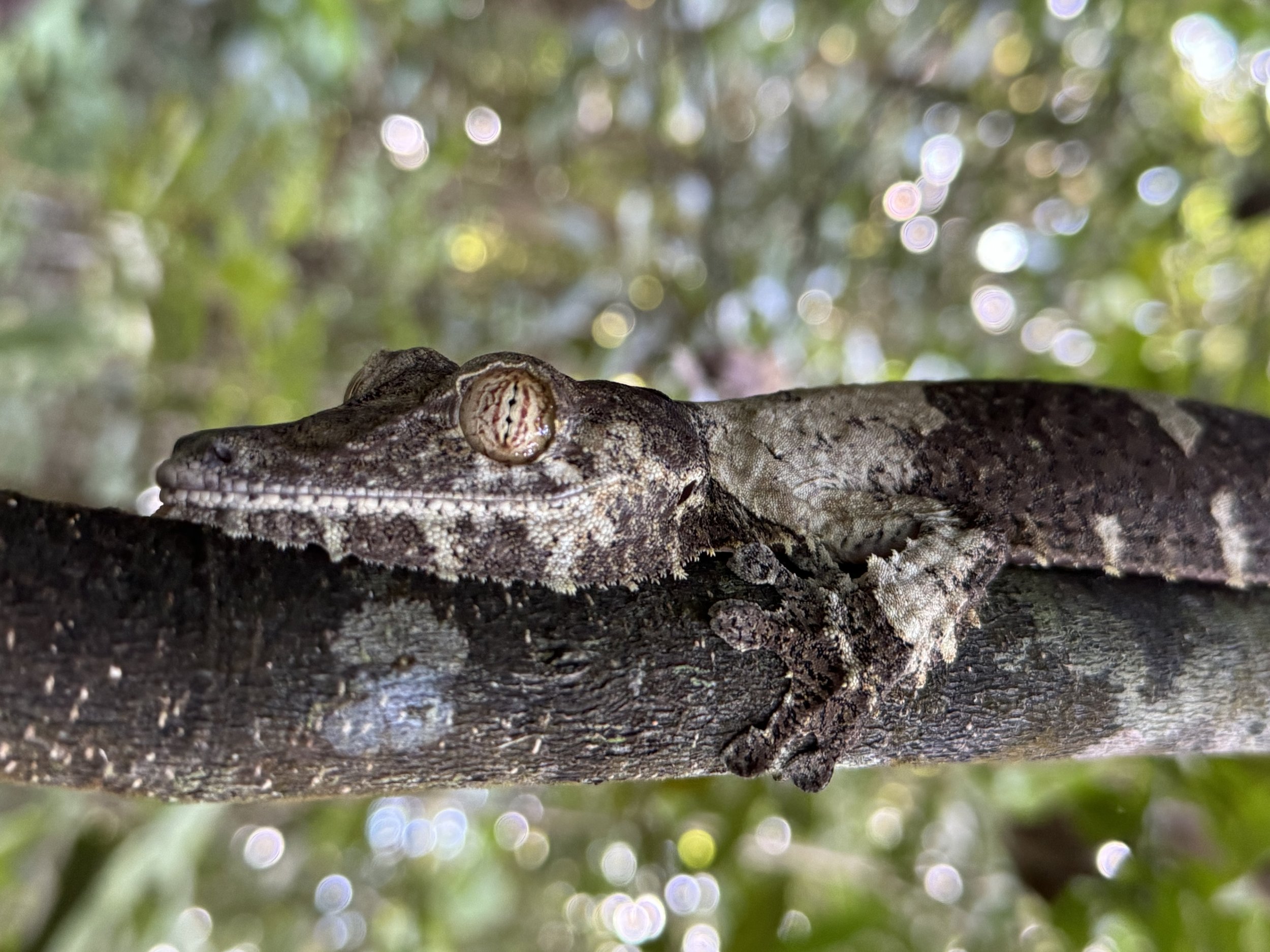












Masoala isn’t your average national park; visitors have described it as an “alternative world” teeming with weird and wonderful creatures. It’s set along the northeast coast of Madagascar, a biodiversity hotspot containing plant and animal species that are 90 percent endemic only to the country. The park is nestled in a voluminous rainforest on the Masoala Peninsula that shelters countless more unique plant species, primates, birds and reptiles.
Some even call Masoala National Park a “hot spot with a hot spot.”
Only here you can find the endangered red-ruffed lemur, which makes its home in the treetops of the rainforest. Stroll through orchids, ferns and palms to spot more species of lemurs, along with rare panther and Parson’s chameleons, the bizarre tree leaf gecko, and a spectacular array of birds.
Birders particularly come here to spot the Helmet Vanga, a strange and beautiful bird known for its massive, hooked blue bill. Duma Explorer’s owner, Stacy Readal, recommends seeking out any species of vanga during a trip to Madagascar, which follow a similar evolutionary history to Darwin’s finches in the Galapagos. According to Science Daily: ‘The diversity of the Madagascan vangas is unique. The bird family only consists of 22 species, but these cover the whole range of body size of the passerines, the bird group vangas belong to (6,000 species)… Thus vangas are much more diverse than Darwin’s finches, known to be a model for rapid evolution.’
The park’s remote location and unusual nature will make a visitor feel like they have stumbled upon an undiscovered paradise in the middle of nowhere. But with this feature comes a challenge: Masoala National Park is, in fact, in a remote location.
That means getting here takes time and effort.
Take a flight to the small town of Maroantsetra, and then board a motorboat to voyage across Antongil Bay to the Masoala Peninsula. A recent TripAdvisor reviewer wrote that this was “all managed very well but takes a lot of time.” Most reviewers on TripAdviser and Google said that this inconvenience is well worth the journey, and recommended spending at least a week here.
Stacy from Duma agrees: ‘Visiting Masoala has been a highlight of my 25 years traveling in Africa and beyond. I can imagine returning there and spending ten days next time! The plants, birds, insects, and amphibians are all amazingly beautiful and out of this world. The best part is that you're virtually alone while experiencing this magical place. Our Masoala trip was life changing for my family and Madagascar in general was awe inspiring. I haven't felt so moved since my first visit to Tanzania in 1998. Highly recommended.’
Stay in one of seven palm-thatched houses that make up Masoala Forest Lodge. It’s tucked into a cove along the coast surrounded by rainforest and looks onto the warm water of Tampolo Marine Reserve.
Structures are elevated from the undergrowth on stilted wooden platforms to provide privacy and natural ventilation. Guests can peer out from their rooms through the forest or over the ocean for a perspective similar to that of the area’s resident lemurs and birds.
“Stunning location and even better staff who always look after you,” a reviewer wrote on Google. “Owners Maria and Pierre are very welcoming; they have created one of the very few places that actually respects where they are and offers responsible tourism rather than just shouting about it.”
The eco-sensitive lodge is only accessible by foot or boat and is limited to 14 guests. They can access thatched observation decks, a lounge and dining area, and a 10-hectare private forest reserve.
This private reserve on the property’s grounds allows its guides to take guests on night hikes, which are usually banned in Madagascar’s National Parks. The lodge also provides daytime guided forest walks with game and bird watching.
And that’s just above water.
Take a snorkel to see reef fishes and other marine life among the colorful hard and soft corals in Antogil Bay. Keep an eye out in the summer months for green turtles, bottlenose dolphins, and the hump-backed whales that come here to breed.
Other activities include guided sea kayaking, fishing, and swimming in the sea and forest streams.


